Sportwissenschafter
Processed foods are available as far as the eye can see. Most supermarket shelves are full of them – yet it is well known that processed foods are not necessarily healthy. In this article, you’ll learn why highly processed products are so popular and how you can recognise them. We’ll also show you how to have a healthy breakfast, even if it’s a bit more stressful.
What are processed foods?
Food is called processed when it is altered by procedures during the manufacturing process. This can be the removal of inedible parts, the extension of shelf life through preservation methods or the addition of isolated additives.
The degree of processing can be differentiated depending on how many industrial steps are carried out. This starts with unprocessed foods and extends to so-called ultra-processed foods (UPF).
Highly processed food versus ultra-processed food – what is it?
A very descriptive classification is the NOVA system. It is used for dietary guidelines in some countries, such as Brazil and France. The NOVA classification consists of the numbers or groups 1 to 4.
The number “1” means that the products are unprocessed or minimally processed foods. The 2nd group stands for processed kitchen ingredients. Group 3 contains processed foods and the number “4” describes highly processed foods.
Unprocessed and minimally processed foods
Unprocessed foods belong to the first group and include edible parts of plants and animals. These can be seeds, fruits, mushrooms or even milk.
Minimally processed foods are products that have been altered by certain processes in such a way that, for example, the inedible components are removed. This may involve grinding nuts, freezing fruit or placing them in containers for preservation. They also belong to the first group.
Processed kitchen ingredients are additionally refined, pressed or chopped to extend shelf life. The difference with minimally processed products is that they are not usually consumed on their own. They are mostly processed in the kitchen in combination with foods of the first group. Processed kitchen ingredients include oils, butter, sugar and salt. They are considered the second group of the NOVA classification.
Processed and highly processed foods
The third and fourth groups of classification are described as processed and highly processed foods respectively.
The third group, processed foods, usually go through various preservation or cooking processes. They usually consist of two or three ingredients. The aim of processing is to make the products last longer and to positively change their taste characteristics. Products in this category include canned fish, cheese, pastries and jarred vegetables.
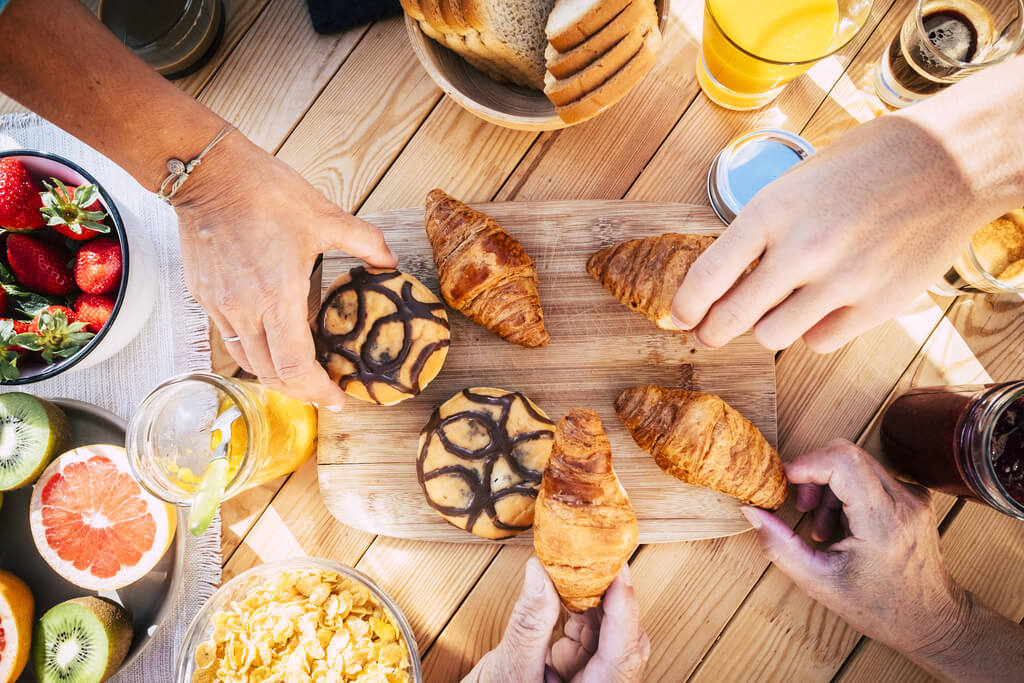
Highly processed foods are called highly-processed or even ultra-processed foods. A clear demarcation is difficult to make, which is why they are only assigned to one category – group 4.
These are foods such as sweetened soft drinks, savoury snacks, ready-made products from the frozen food aisle or compound meat products. They are often a wild combination of household sugar, cheap oils, unhealthy fatty acids and usually have a high energy density. In addition, it is not uncommon for artificial or isolated additives to be added. These are intended to optimise the taste, appearance or even the feeling when eating.
This is how the degree of processing affects your health
As you can see from the fourth group, highly processed foods contain some unhealthy ingredients. But how do they affect your health and well-being?
With highly processed foods, there is a lot of trickery to maximise the taste experience. However, the ingredients used are anything but healthy. A high calorie density, artificial additives and high amounts of unhealthy fats and sugars are just a small selection. In addition, these products often contain only small amounts of fibre or micronutrients.
All of this is also noticeable physically. Because of the high level of processing, the stimuli that affect the body increase. These in turn lead to a change in the perception of the taste buds as well as changes in brain chemistry. An apple no longer tastes particularly sweet after a sweetened soft drink – and once you’ve started on the packet of crisps, it’s hard to stop.
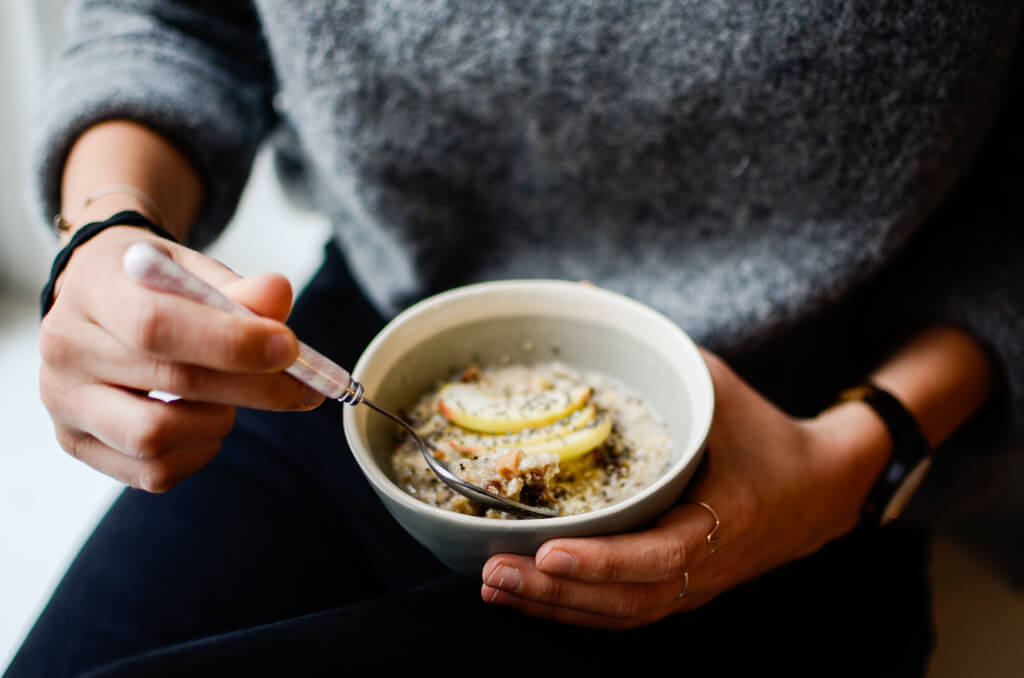
All this is directly or indirectly due to the degree of processing. Unprocessed or low-processed fruits and vegetables, on the other hand, have a lower calorie density and contain plenty of health-promoting ingredients. Fibre, vitamin C and important minerals are only a fraction of what natural foods give us.
Why are highly processed foods considered unhealthy?
The fact that highly processed foods are considered unhealthy is therefore not particularly surprising. After all, the increased amounts and combination of fats, salt and sugar make the body literally addicted. Added to this is the often high energy density.
In fact, the addictive process works very much like that of a drug or alcohol addict. For example, the high energy density leads to an impairment of the reward system. This happens because the body perceives the reward hormone dopamine less strongly. As a result, those affected lack the feeling of reward when eating. The result is larger portions, more meals and thus often unwanted weight gain. This can have a negative effect on the metabolism and, in the worst case, lead to cardiovascular diseases.
The additives contained in many convenience foods are also generally not considered healthy. It is true that the approved additives are subject to toxicological tests to determine their harmlessness to health. However, some of the approved additives still seem to be able to cause physical problems.
Allergies and intolerances are overestimated in this context, but so-called pseudoallergies occur time and again, especially with preservatives and colourings.
Processed foods in the plant-based diet
A plant-based diet is considered much healthier in many circles. However, caution is advised when considering a vegan or vegetarian diet to be synonymous with “healthy”. Because even as a vegan or vegetarian, the path to highly processed products is only a trip to the nearest supermarket shelf away.
Plant-based diets are in vogue – food manufacturers have also noticed this. Especially in recent years, you could literally see the vegan corners in supermarkets becoming more and more crowded and diverse. Many substitutes for meat, fish and cheese are attracting more and more customers. However, most of the products are highly processed. A quick glance at the ingredients on the back of the packaging is usually enough.
Therefore, even in a plant-based diet, it makes sense to focus on foods that are as natural as possible and minimally processed. Finally, pulses, whole grains and fresh fruit and vegetables offer plenty of healthy nutrients and are also excellent for satiety. A delicious porridge with fresh fruit for breakfast, for example, already offers a healthy combination of health-promoting fibre, vitamins and minerals – without any unnecessary additives.
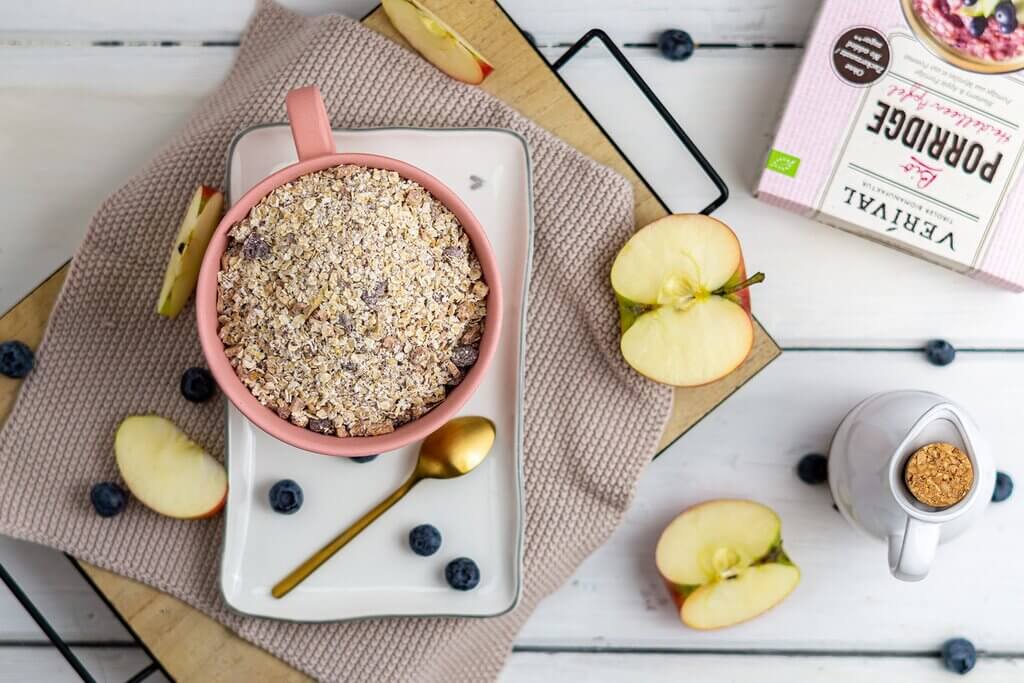
How do I recognise highly processed foods?
For many, the question now understandably arises as to how to recognise highly processed foods. Fortunately, there are some helpful tips and tricks.
On the one hand, there are labels on the products’ packaging. The NOVA classification is one of these labels – but it does not exist in all countries. Fortunately, there are more general indications.
These can be found either on the packaging as a claim – for example, “Free from preservatives” or “Without artificial colours”. Or you can simply take a look at the back. As you know, this is where you will find the list of ingredients, where additives are listed as E-numbers. Examples are saccharin, which is listed as E 954. Or E 951, better known as aspartame.
Another indication that the food is highly processed is an unusually long list of ingredients. The more ingredients listed, the more likely it is that the product has been industrially processed.
As an orientation and small overview, we have created a short list of products with different degrees of processing.
| Unprocessed & low-processed products | Processed & highly processed foods |
| fruit and vegetables | salt, sugar and oils |
| nuts and seeds | bread, cheese and canned vegetables |
| oat flakes | ready meals |
| Milk and eggs | chips, chocolate and soft drinks |
| water and tea | sausage and sugared cereals |
The foods on the left are safe to eat in large quantities. That’s because these products provide you with plenty of healthy nutrients and usually contain no added additives. Oat flakes in our muesli and porridge, for example, provide plenty of complex carbohydrates, healthy fibre and health-promoting minerals and vitamins.
The foods on the right, however, should be consumed in moderation. In particular, the products listed below, such as crisps, soft drinks, sausages and milk chocolate. These products are highly processed and contain hardly any healthy nutrients – but a good portion of saturated fat, sugar and salt.
Processed but naturally healthy – Verival
At Verival, we place great value on natural ingredients. Many of our breakfast products contain whole grains, no added sugar and natural sweeteners such as dates and freeze-dried fruit.
It is very important to us that we do not add any colourings or flavourings, that we do not add any preservatives to our products and that we do not use any genetically modified ingredients. For all our products, we rely on 100% certified organic quality and a balanced distribution of nutrients. One portion of porridge alone, for example, already covers one third of your daily fibre content.
So if you want to get up a little faster in the morning and still don’t want to rely on unhealthy convenience products, simply reach for our healthy breakfast products in organic quality. We wish you a good appetite!
Recommended articles
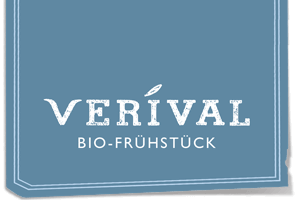




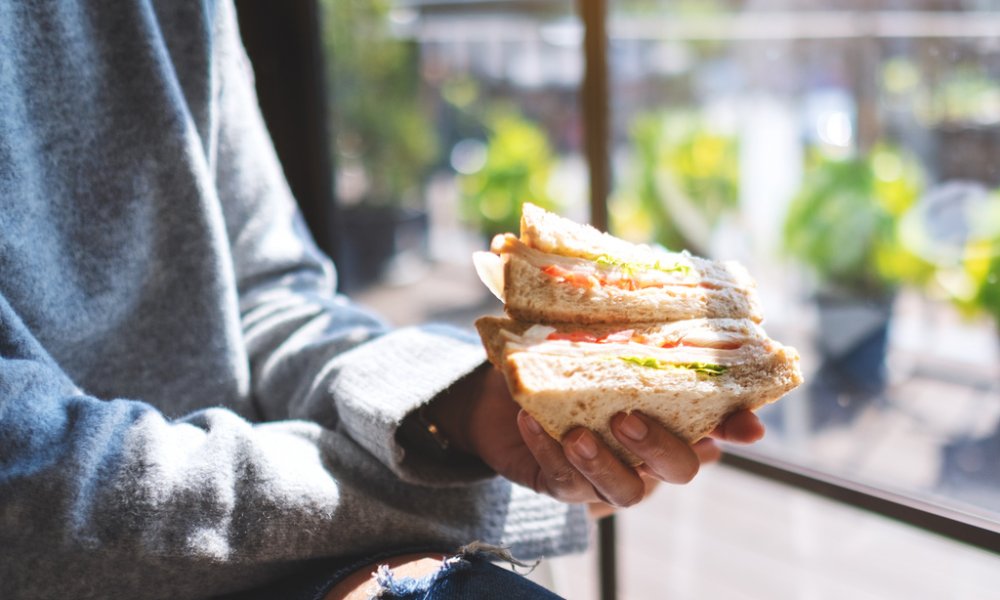
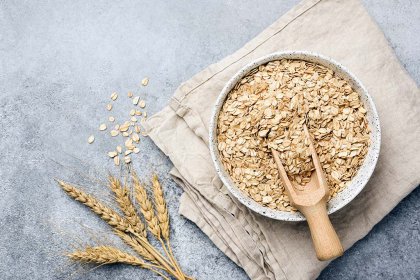
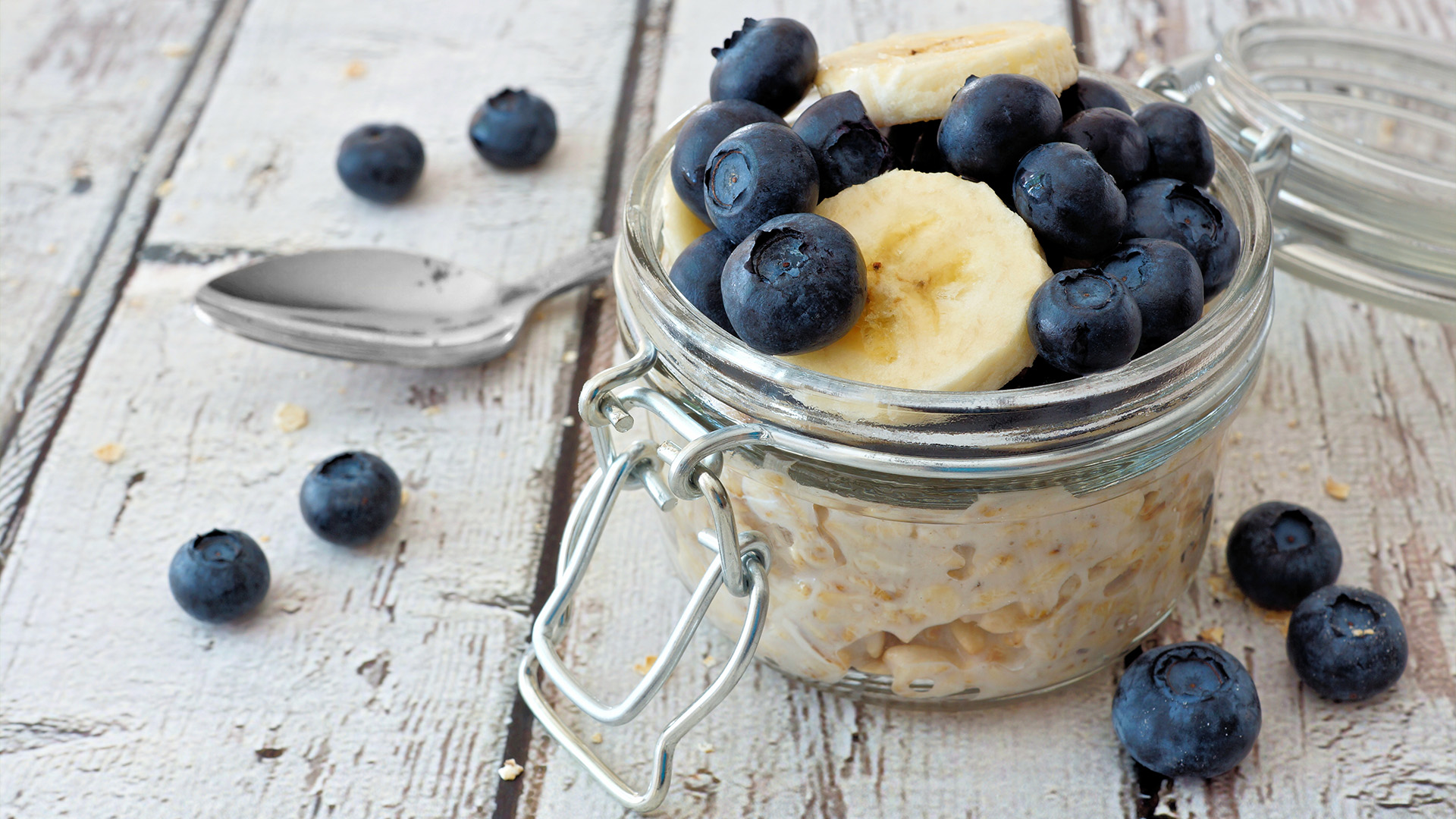
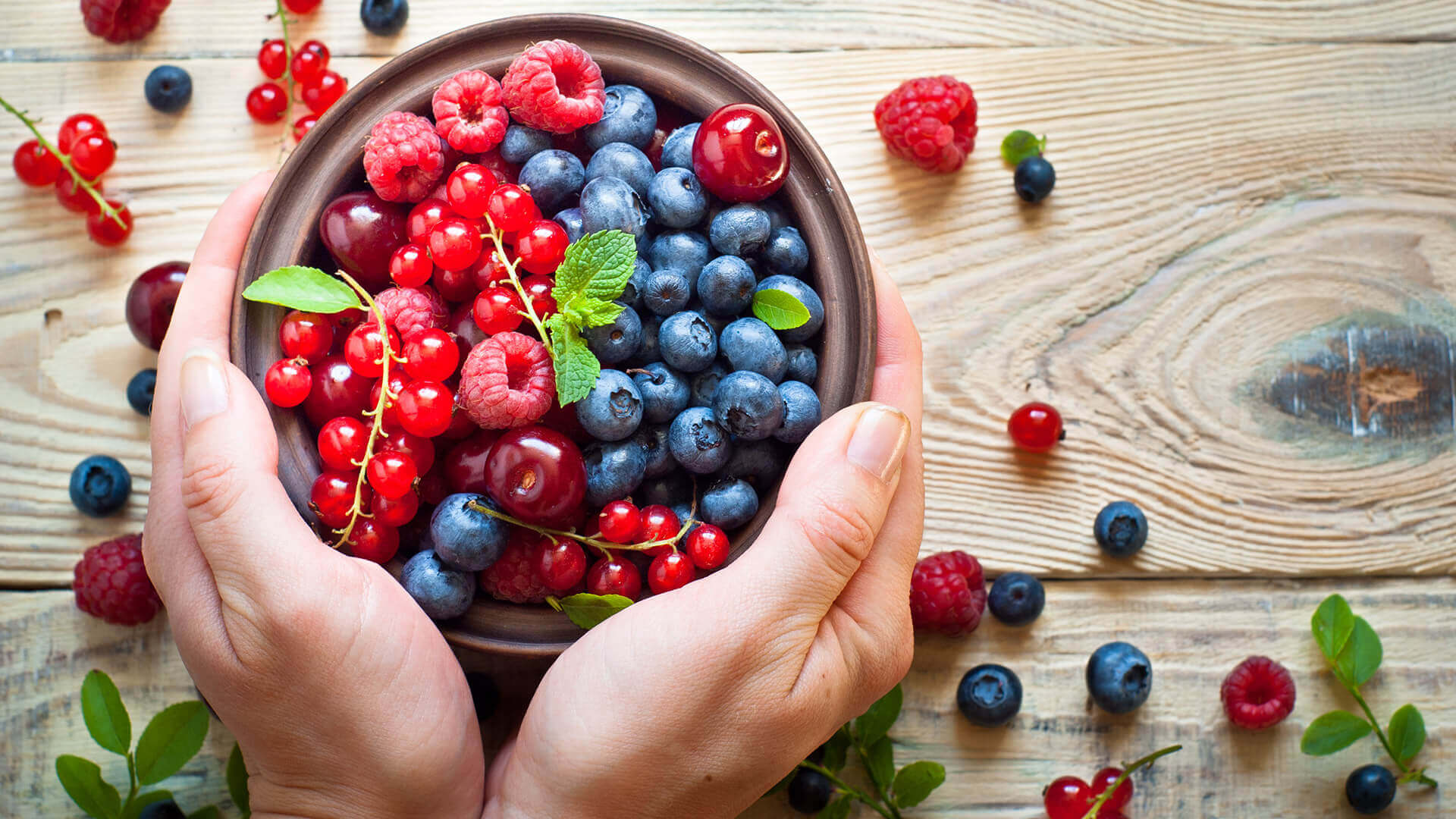
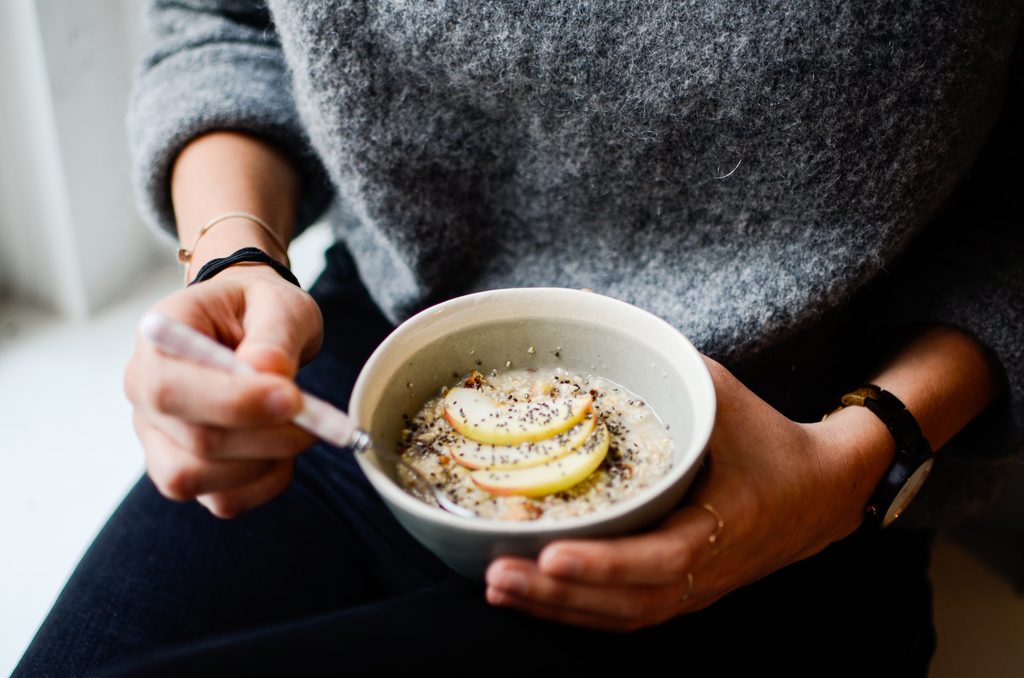
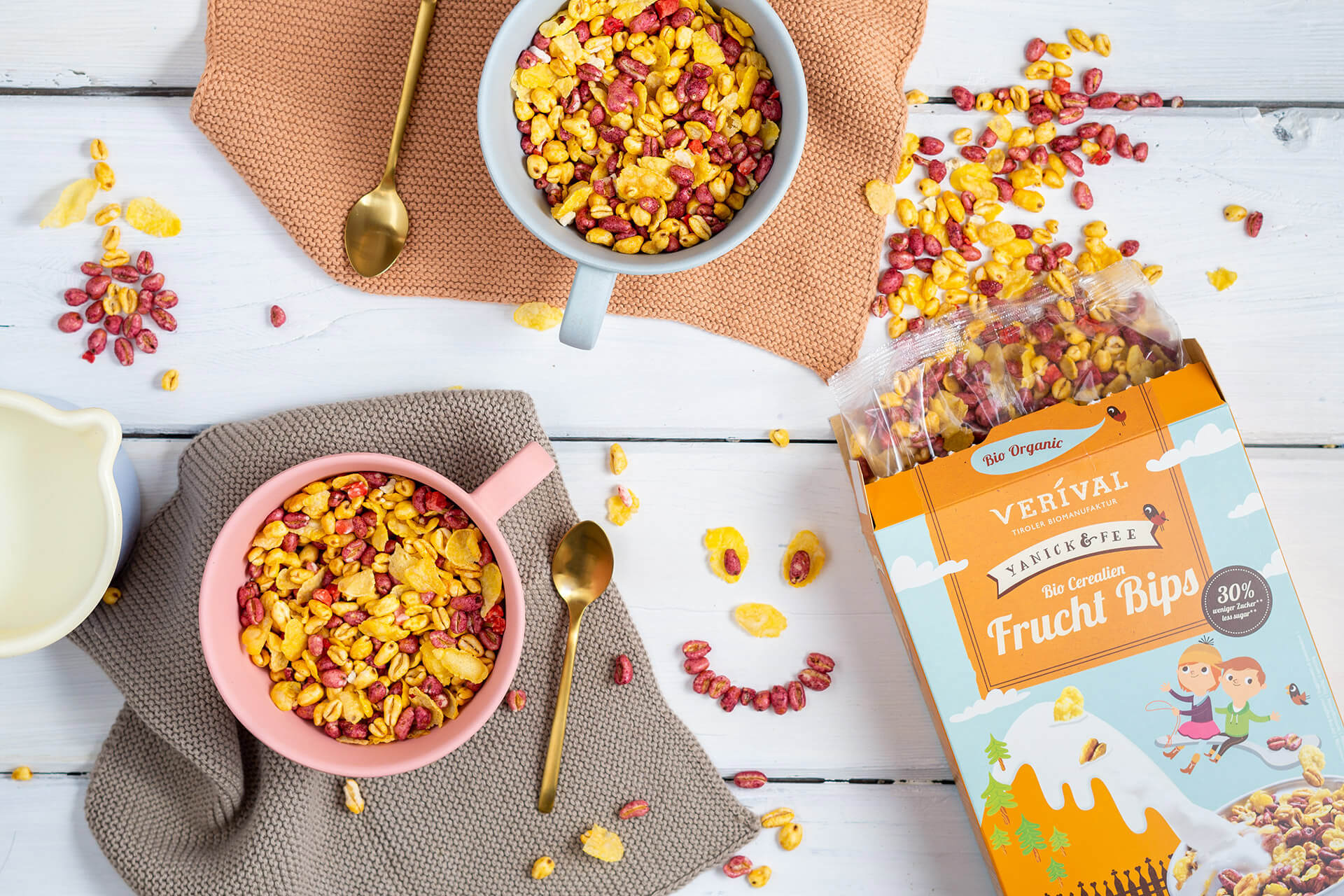
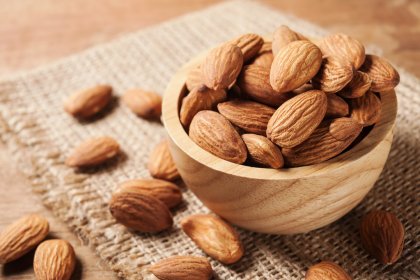
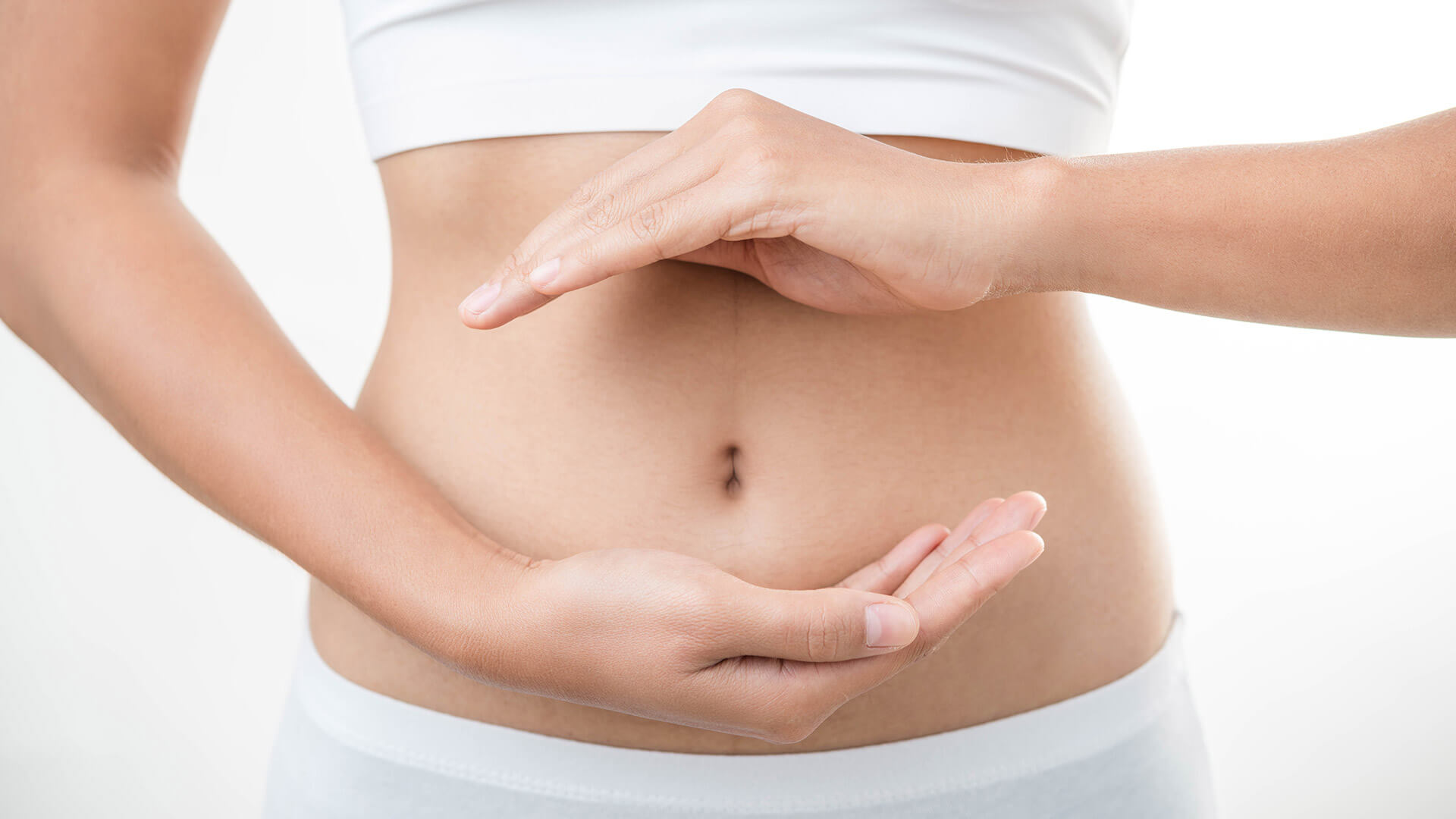
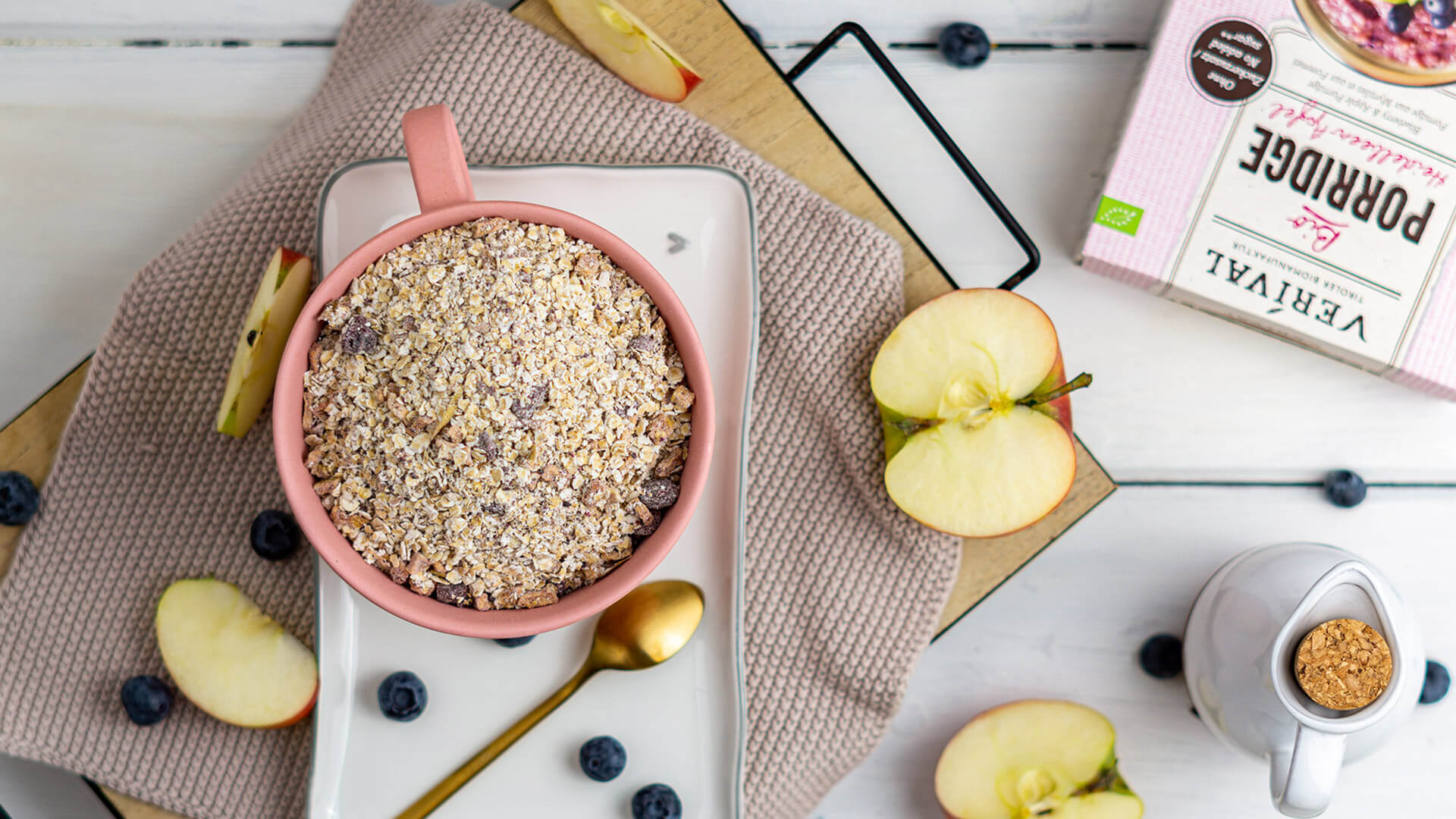
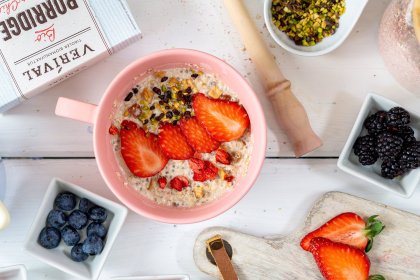
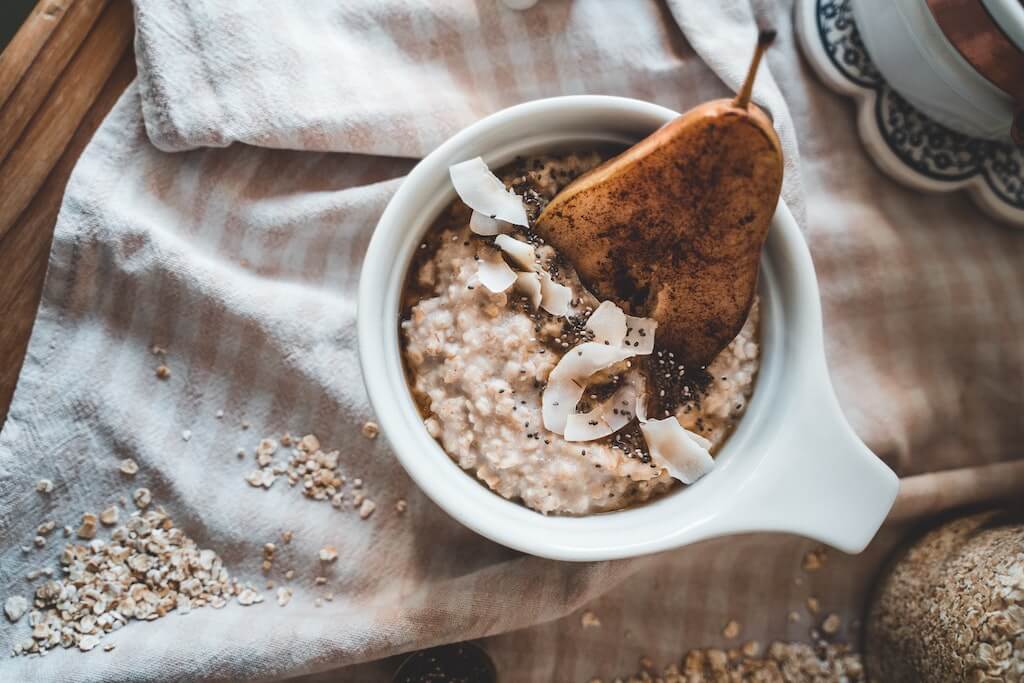
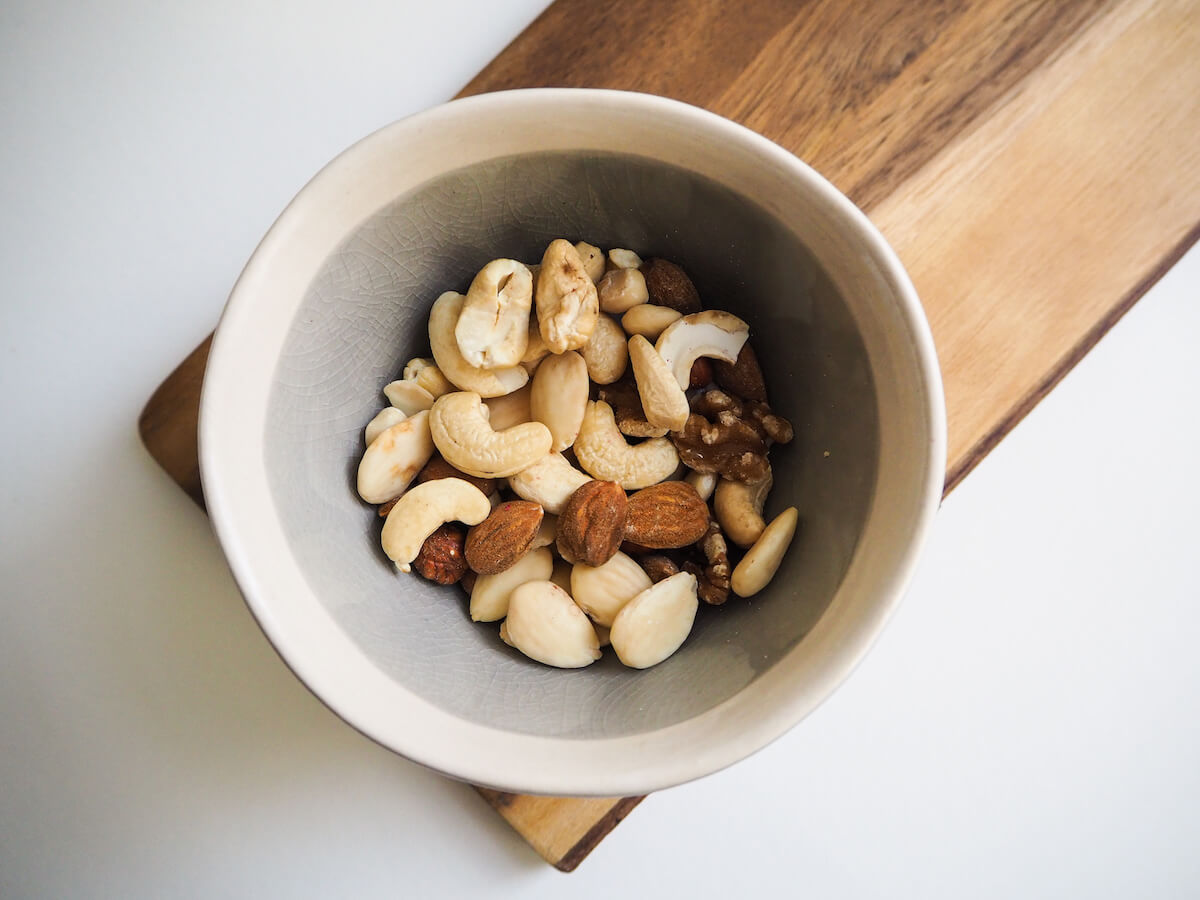

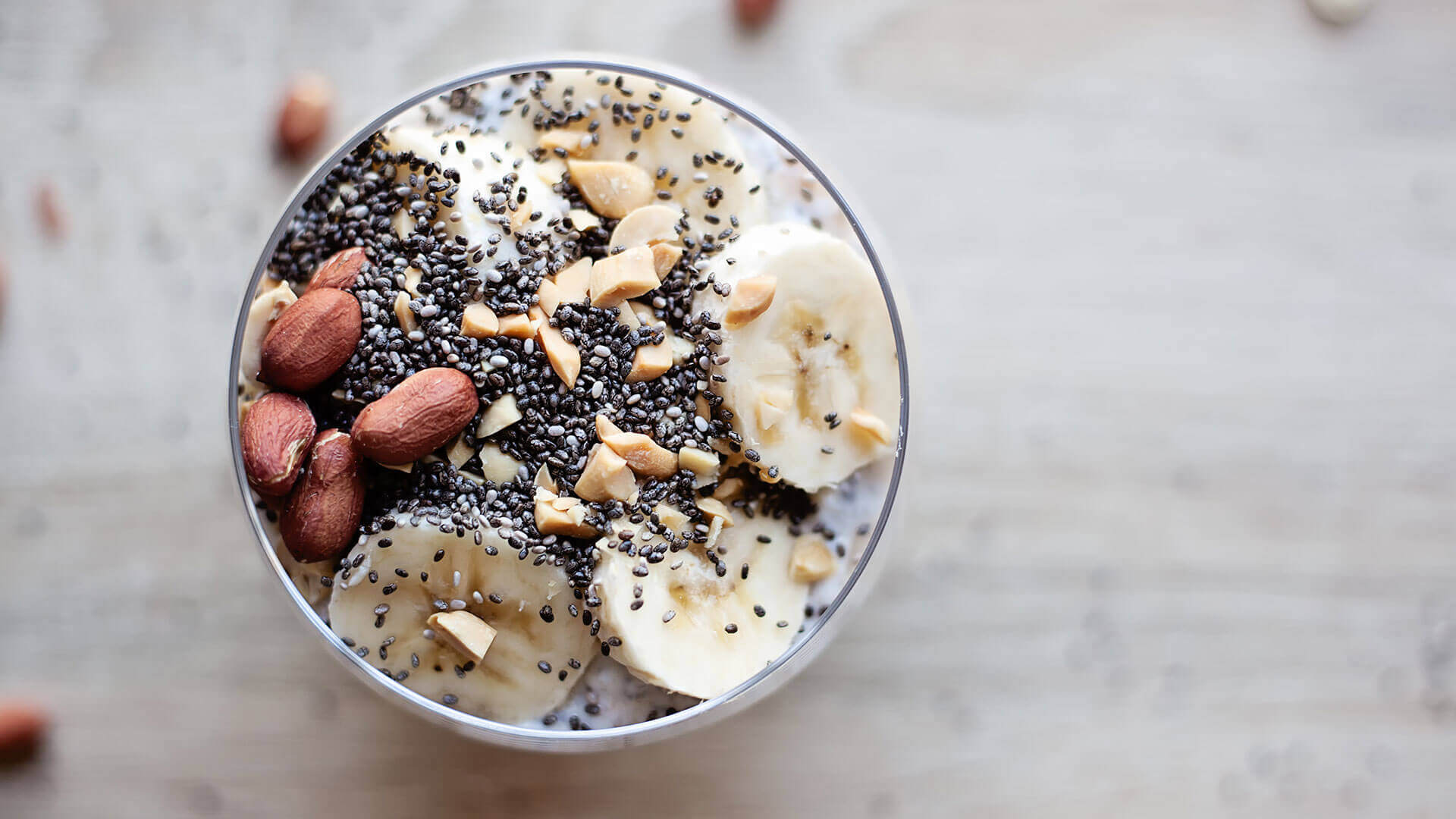

Do you like this post? Share it with friends: